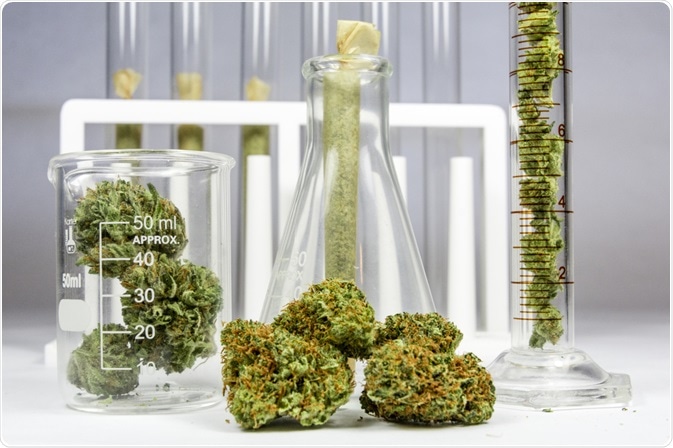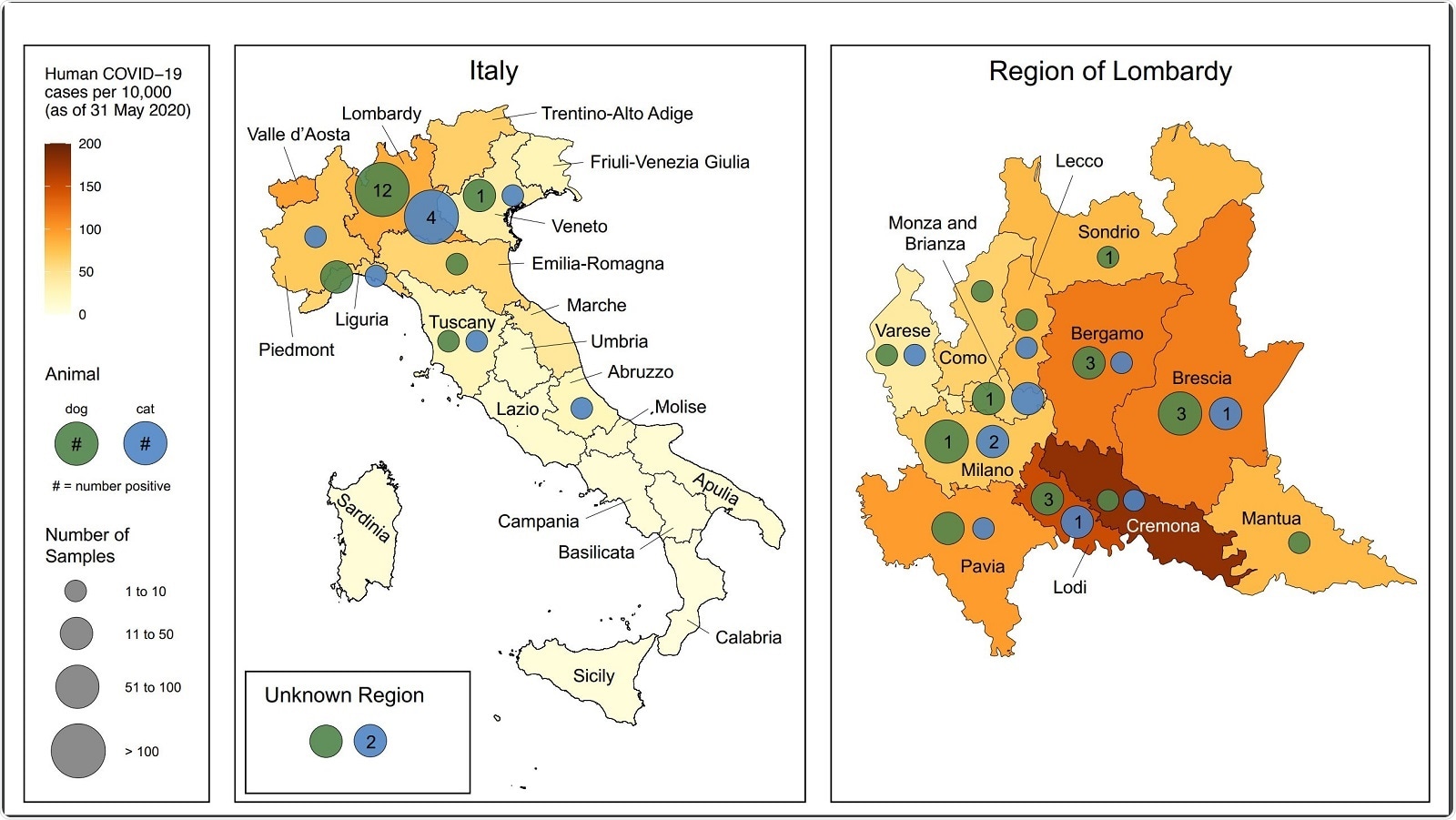Julie Payette says she welcomes the review after mistreatment claims were made against her.
The Canadian Press
OTTAWA — The Privy Council Office says it is launching an independent review of allegations that Gov. Gen. Julie Payette mistreated past and current employees at Rideau Hall.
The CBC reported Tuesday that Payette had yelled at, belittled and publicly humiliated employees, reducing some to tears or prompting them to quit.
On Thursday evening, Payette issued a statement saying she is “deeply concerned” with the media reports and welcomes the review.
“I am completely committed to ensuring that every employee who works at Rideau Hall enjoys a secure and healthy work environment at all times and under all circumstances,” Payette said in the statement.
“I take harassment and workplace issues very seriously and I am in full agreement and welcome an independent review.”
Harassment has no place in any professional workplace.Privy Council Office
The Privy Council Office, a bureaucratic operation that supports the prime minister and cabinet, says the Treasury Board policy on workplace harassment applies to employees of the Office of the Secretary to the Governor General, who are part of the public service.
It says it is working with that office to establish the terms of reference for a “thorough, independent and impartial review” and will quickly hire a third party to lead it.
“Harassment has no place in any professional workplace,” the Privy Council Office said in the statement issued Thursday evening. “It is a public service priority to advance efforts to more effectively prevent and resolve issues of harassment.
New Democrat Leader Jagmeet Singh had previously called on Prime Minister Justin Trudeau to investigate the matter.
“There is no question there is an obligation, a responsibility of the prime minister in this case, with the Governor General and the complaints that we’ve seen, to do something, to follow up with those complaints,” he said Wednesday in Ottawa.
“People should be able to feel safe to come forward. I think that’s always a struggle for people,” Singh added. “There needs to be some manner for someone independently to assess the complaints.”
The Canadian Press
OTTAWA — The Privy Council Office says it is launching an independent review of allegations that Gov. Gen. Julie Payette mistreated past and current employees at Rideau Hall.
The CBC reported Tuesday that Payette had yelled at, belittled and publicly humiliated employees, reducing some to tears or prompting them to quit.
On Thursday evening, Payette issued a statement saying she is “deeply concerned” with the media reports and welcomes the review.
“I am completely committed to ensuring that every employee who works at Rideau Hall enjoys a secure and healthy work environment at all times and under all circumstances,” Payette said in the statement.
“I take harassment and workplace issues very seriously and I am in full agreement and welcome an independent review.”
Harassment has no place in any professional workplace.Privy Council Office
The Privy Council Office, a bureaucratic operation that supports the prime minister and cabinet, says the Treasury Board policy on workplace harassment applies to employees of the Office of the Secretary to the Governor General, who are part of the public service.
It says it is working with that office to establish the terms of reference for a “thorough, independent and impartial review” and will quickly hire a third party to lead it.
“Harassment has no place in any professional workplace,” the Privy Council Office said in the statement issued Thursday evening. “It is a public service priority to advance efforts to more effectively prevent and resolve issues of harassment.
New Democrat Leader Jagmeet Singh had previously called on Prime Minister Justin Trudeau to investigate the matter.
“There is no question there is an obligation, a responsibility of the prime minister in this case, with the Governor General and the complaints that we’ve seen, to do something, to follow up with those complaints,” he said Wednesday in Ottawa.
“People should be able to feel safe to come forward. I think that’s always a struggle for people,” Singh added. “There needs to be some manner for someone independently to assess the complaints.”

JUSTIN TANG/THE CANADIAN PRESS
Gov. Gen. Julie Payette is seen here in Ottawa on March 16, 2018. The Governor General says she welcomes the review of complaints against her.
Trudeau did not specifically address the matter when asked about it in the House of Commons.
“Every Canadian has the right to a safe, secure workspace, free from harassment and that is extremely important,” Trudeau said Wednesday when pressed by Singh.
This report by The Canadian Press was first published July 23, 2020.
Singh Says Trudeau Must Review Harassment Allegations Against Governor General Julie Payette
“People should be able to feel safe to come forward. I think that’s always a struggle for people,” the NDP leader said.
Canadian Press
OTTAWA — Prime Minister Justin Trudeau has an obligation to look into allegations that Gov. Gen. Julie Payette mistreated staff members, NDP Leader Jagmeet Singh says.
Workplaces need to be safe, and employees must feel they are heard when they raise concerns, said Singh.
“I’m not being prescriptive about what the prime minister must do exactly. But there is no question there is an obligation, a responsibility of the prime minister in this case, with the Governor General and the complaints that we’ve seen, to do something, to follow up with those complaints,” he said Wednesday in Ottawa.
Singh was responding to questions about a CBC News report that quoted anonymous sources as saying Payette has created a toxic environment at Rideau Hall.
SEAN KILPATRICK/THE CANADIAN PRESS
Trudeau did not specifically address the matter when asked about it in the House of Commons.
“Every Canadian has the right to a safe, secure workspace, free from harassment and that is extremely important,” Trudeau said Wednesday when pressed by Singh.
This report by The Canadian Press was first published July 23, 2020.
Singh Says Trudeau Must Review Harassment Allegations Against Governor General Julie Payette
“People should be able to feel safe to come forward. I think that’s always a struggle for people,” the NDP leader said.
Canadian Press
OTTAWA — Prime Minister Justin Trudeau has an obligation to look into allegations that Gov. Gen. Julie Payette mistreated staff members, NDP Leader Jagmeet Singh says.
Workplaces need to be safe, and employees must feel they are heard when they raise concerns, said Singh.
“I’m not being prescriptive about what the prime minister must do exactly. But there is no question there is an obligation, a responsibility of the prime minister in this case, with the Governor General and the complaints that we’ve seen, to do something, to follow up with those complaints,” he said Wednesday in Ottawa.
Singh was responding to questions about a CBC News report that quoted anonymous sources as saying Payette has created a toxic environment at Rideau Hall.

SEAN KILPATRICK/THE CANADIAN PRESS
NDP leader Jagmeet Singh holds a press conference on Parliament Hill in Ottawa on Wednesday.
The CBC reported Tuesday that Payette had yelled at, belittled and publicly humiliated employees, reducing some to tears or prompting them to quit.
“People should be able to feel safe to come forward. I think that’s always a struggle for people,” said Singh.
“There needs to be some manner for someone independently to assess the complaints.”
In a statement Tuesday, the Governor General’s press secretary said Rideau Hall strongly believes in the importance of a healthy workplace, adding the CBC story stands in stark contrast to the reality of working at the Office of the Secretary to the Governor General.
“We deeply regret this reporting, which is in stark contrast to the reality of working at the OSGG, and obscures the important work done by our dedicated staff in honouring, representing, and showcasing Canadians,” said the Rideau Hall statement.
SEAN KILPATRICK/THE CANADIAN PRESS
The CBC reported Tuesday that Payette had yelled at, belittled and publicly humiliated employees, reducing some to tears or prompting them to quit.
“People should be able to feel safe to come forward. I think that’s always a struggle for people,” said Singh.
“There needs to be some manner for someone independently to assess the complaints.”
In a statement Tuesday, the Governor General’s press secretary said Rideau Hall strongly believes in the importance of a healthy workplace, adding the CBC story stands in stark contrast to the reality of working at the Office of the Secretary to the Governor General.
“We deeply regret this reporting, which is in stark contrast to the reality of working at the OSGG, and obscures the important work done by our dedicated staff in honouring, representing, and showcasing Canadians,” said the Rideau Hall statement.

SEAN KILPATRICK/THE CANADIAN PRESS
Governor General Julie Payette delivers the Throne Speech in the Senate chamber on Dec. 5, 2019 in Ottawa.
Rideau Hall said it has “stringent internal processes for our employees to voice concerns” through its human resources department, an independent ombudsman, and its “excellent relationships” with the unions that represent employees.
“Since the beginning of the mandate, no formal complaint regarding harassment has been made through any of these channels,” the statement said.
Rideau Hall said it has a lower turnover compared with other departments, and that one of the benefits of being in the public service is the ability to move to different departments to get new career experience.
The statement said that is “something that is personally encouraged by the Governor General, who believes that career growth and opportunity are vitally important.”
The Prime Minister’s Office declined Tuesday to answer questions about the report but said every Canadian has the right to work in a healthy, respectful and safe environment.
Trudeau did not take questions on Wednesday as he entered the House of Commons.
This report by The Canadian Press was first published July 22, 2020.
Rideau Hall said it has “stringent internal processes for our employees to voice concerns” through its human resources department, an independent ombudsman, and its “excellent relationships” with the unions that represent employees.
“Since the beginning of the mandate, no formal complaint regarding harassment has been made through any of these channels,” the statement said.
Rideau Hall said it has a lower turnover compared with other departments, and that one of the benefits of being in the public service is the ability to move to different departments to get new career experience.
The statement said that is “something that is personally encouraged by the Governor General, who believes that career growth and opportunity are vitally important.”
The Prime Minister’s Office declined Tuesday to answer questions about the report but said every Canadian has the right to work in a healthy, respectful and safe environment.
Trudeau did not take questions on Wednesday as he entered the House of Commons.
This report by The Canadian Press was first published July 22, 2020.












